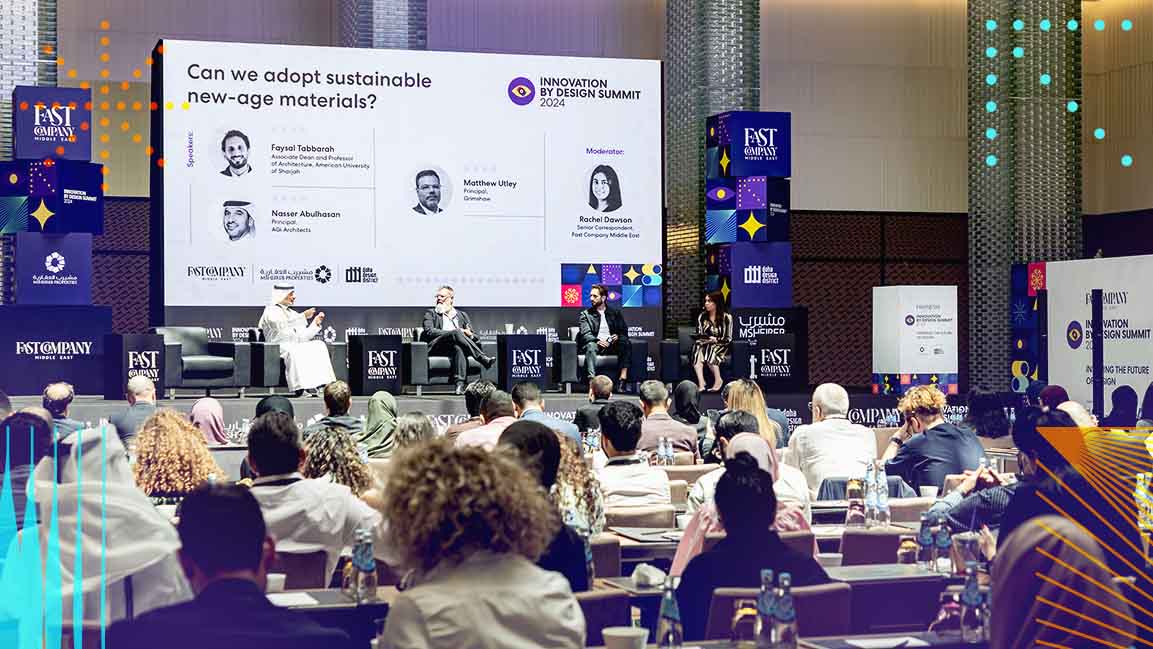- | 8:58 am
Is there a sustainable way to cool the Middle East?
As extreme heat continues to break records, a call for sustainable solutions has increased.

Middle East residents turn on the air conditioner without a second thought. However, that cool air comes with a price.
ScienceDirect noted that cooling accounts for 10% of global electricity use and nearly 4% of annual greenhouse gas emissions.
In the Middle East, district cooling offers reduced power demand by supplying cooling energy through the district cooling system rather than the local power grid. It shifts power demand to off-peak periods through cold energy storage and free cooling.
A report said that the Middle East district cooling market was worth more than $5 billion in 2021 and is projected to grow at a CAGR of over 9% between 2022 and 2030.
Operating in the Middle East markets, with the UAE and Saudi Arabia as its biggest market, Araner offers a wide range of products and solutions to energy systems and cooling and heating plants.
Isabel Rodriguez, District Cooling Expert of Araner, explains, “We are focused on the EPC construction of district cooling systems, recognized as the most efficient solution to provide high-cooling quality. Our key innovations are using magnetic bearing chillers, thermal energy storage tanks, VFDs on the pumps for energy savings, and integration with renewable energies for carbon footprint reduction.”
To reduce energy consumption and offer sustainable solutions, Rodriguez noted that the company is aligned with the water-to-energy nexus. “Proposing high-efficient dry-cooling district cooling plants with zero water consumption and waste.”
This is essentially more critical as case studies worldwide show the importance of water consumption and waste. Rodriguez explains, “With the increase of droughts in Europe and the water scarcity in the Middle East, new solutions like seawater-cooled systems or high-efficiency dry-cooled systems are the preferred solutions in many cases.”
TECH REDUCING ENERGY CONSUMPTION
As extreme heat continues to shatter records globally, a call for sustainable solutions has increased, and opportunities for energy-efficient air-cooling technologies have become more important.
Selected by Saudi Arabia’s KAUST Destination Deep Tech program, startup Maisotsenko Cycle, or M-Cycle, developed a distinct method of extracting and recovering exhaust heat. Its proprietary tech reduces energy consumption, which can be used in several recovery applications, such as cooling, heating, low-cost power generation, desalinization, waste heat recovery, and solar systems.
Alexey Polyakov, General Manager, explains, “M-Cycle is dew-point indirect water evaporative air cooling. Based on fundamental breakthroughs in understanding and practical applications of thermodynamics, M-Cycle’s revolutionary air conditioning solutions provide a 15-time increase in energy efficiency while using no harmful refrigerants and provide immense 10-time capital and operating cost savings and 20-time carbon emission reduction.”
Besides attracting interest from the 2022 LEAP International Forum in Riyadh, the startup started a PoC certification project with NEOM to scale its technology for district cooling. Polyakoy explains, “For this application, M-Cycle can propose dew-point water cooling in water towers, while the recent water-cooling technology barrier is wet-bulb temperature.”
He continues, “Practically, dew-point is colder than wet-bulb, and this innovation offers enormous savings in capital and operating cost in district cooling. For remote areas, small buildings, infrastructure, and off-grid solar-powered air cooling, M-Cycle can offer a unique solution combining air cooling and heating with water generation – a three-in-one unit.”
LEVERAGING SOLAR ENERGY
Another solution was proposed by Mehran Bozorgi, a research assistant at the University of Guelph, in a paper recently published in the Applied Thermal Engineering Journal. Bozorgi and his team proposed a solar cooling system, leveraging a Transient System Simulation Program (TRNSYS) software; the team examined its performance in Doha, Vancouver, Toronto, and Bangkok.
Bozorgi explains that solar cooling systems present a few challenges, such as initial setup cost, space and maintenance requirements, and dependence on sunlight, which can be intermittent.
Yet, it does present distinct benefits, he says. Solar-powered cooling systems are energy efficient and eco-friendly, can be designed for various sizes and requirements, and offer significant cost savings due to reduced energy bills and potential government incentives.
“Historically, solar energy has been predominantly associated with heating applications. However, the irony is that cooling is most needed in summer when solar energy is abundant.” Bozorgi adds, “Tapping into this energy for cooling purposes represents a paradigm shift and an exciting opportunity to rethink how we harness the sun’s power.”
Based on their study, Bozorgi and his team found that a system called the
Heat Pump Hybridized with a PCM-based Solar Desiccant Cooling System (HP-PSDC) was adept at navigating challenges in Doha’s climate conditions, such as extremely high temperatures and significant humidity levels.
“In Doha, the system achieved a Coefficient of Performance (COP) of 4.98, a clear indication of its superior efficiency in such environments.”
With that in mind, the study has broader implications for the rest of the Middle East. As cities in the region share similar weather patterns and conditions, the success of the HP-PSDC system in Doha suggests it could be a viable solution for neighboring countries, too, says Bozorgi.
The system also offers customizability and versatility, “One of the inherent benefits of using TRNSYS is its modular approach to system simulation. This allows for a detailed understanding of how different components react to specific climatic conditions, making it easier to tailor solutions for varied geographical areas.”
As the demand for cooling innovations increases, Polyakov and Bozorgi agree that various stakeholders have a critical role to play.
“Countries’ leadership can facilitate and enable research and funding of innovations,” says Polyakoy. He says that government regulations and incentives can also bring in corporations and businesses to partner and create opportunities for collaborations with deeptech startups and research centers.
“From another side, consumers and end users should push demand for eco-budget and environmentally-friendly technologies and products in the heating, ventilation and air conditioning industry.”
Bozorgi points out the need for more funding in the renewable energy sector. “Investment in renewable energy research can lead to breakthroughs that make solar and other renewable energy sources more viable for cooling purposes.” He adds, “Invest in research and development to further refine and improve sustainable cooling solutions and make them more accessible to a wider audience.”








































